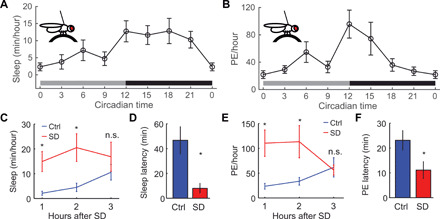Fig. 2. PEs are under circadian and homeostatic control.

(A) Sleep in tethered flies in constant darkness follows a circadian pattern, where sleep is higher during the night than during the day (n = 15 flies per time point). (B) PEs in tethered flies increase during the day and are highest at the start of the subjective dark phase (CT12) and gradually dissipate throughout the night, although sleep remains high (n = 15 flies per time point). (C) After sleep deprivation (SD), sleep increases (*P < 0.05; ANOVA with Bonferroni test), (D) while sleep latency decreases (*P < 0.05, t test). (E) Likewise, the amount of PE is strongly increased for the first 2 hours of rebound sleep (*P < 0.05, n.s., ANOVA with Bonferroni test) (F), and the latency to detecting the first PE after being tethered decreases (*P < 0.05, t test). (C to F) n = 10 per group.
